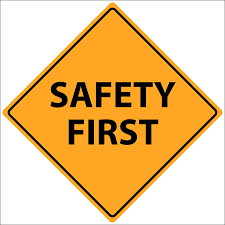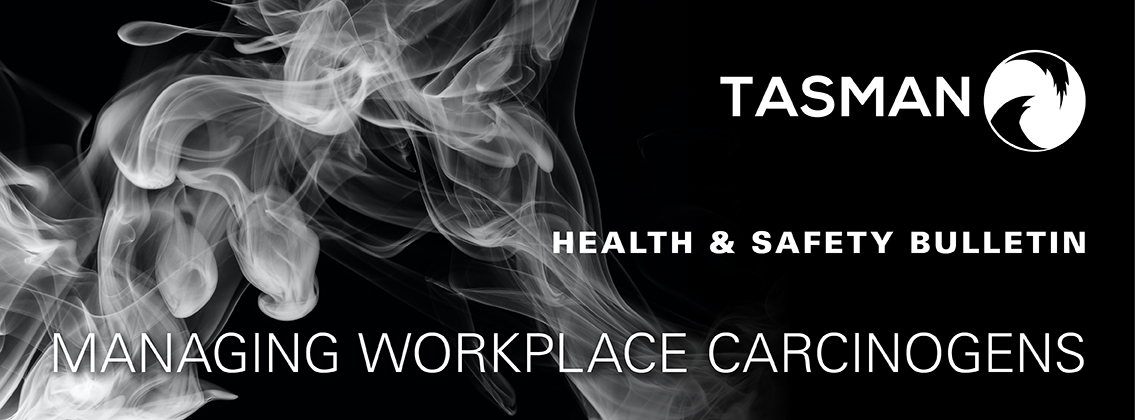Health & Safety Bulletin – Managing Workplace Carcinogens – Feb 21
What is Carcinogen?
A carcinogen is a substance or mixture that causes cancer. Unlike many toxic health effects caused by chemicals, a carcinogenic effect may take many years to develop and there may be no early warnings. This means a diagnosis of cancer may not be made until after long exposure stops, and it may not be easy to link the disease to workplace exposure.
Work Health and Safety Duties
The workplace duties include:
- Provide health monitoring for any employees who may be exposed tofumes and silica dust (including activities from sandblasting and welding).
- Spirometry testing is mandatory testing for such activities performed.
Generated Carcinogens
The carcinogens that occur as by product of a work process must be considered when identifying hazards in the workplace. Generated carcinogens includes:
- Diesel exhaust produced during the operation of diesel powered vehicles and plant, for example a diesel powered forklift that is being used indoors.
- Abrasive blasting activity where it produces silica dust.
Generated carcinogens will not have any labels and there may not be any reference to them on Safety Data Sheet.
Assessing the Risks
When it comes to assessing the level of risks, it is important to consider the route of exposure for the chemical. Some carcinogens do not have a safe level of exposure. Some chemicals may only be carcinogenic if they are absorbed through the skin, whereas others may only be carcinogenic if they are inhaled. Others maybe carcinogenic via all routes of exposure.
Controlling the risk
The most effective control is eliminating the hazard and this may include:
- Spirometry testing for monitoring health
- Use or issue of PPE required for the scope of work, and
- Review of risk assessment prior to start of work.


